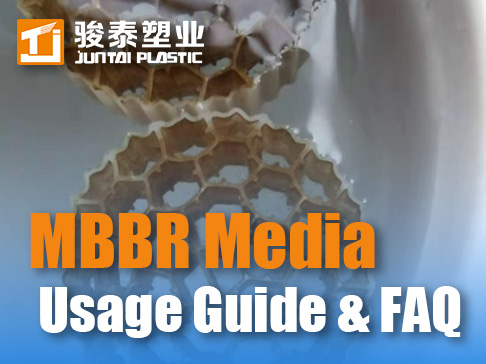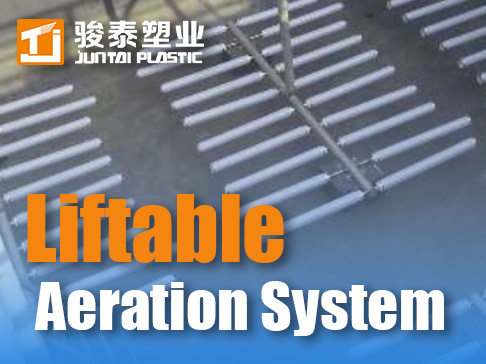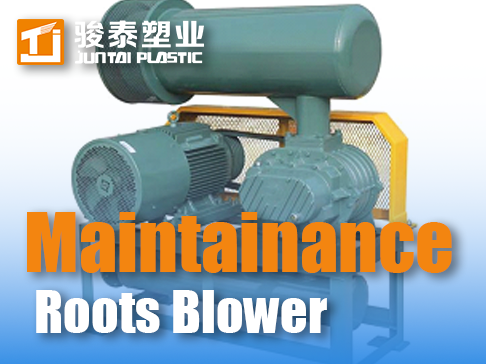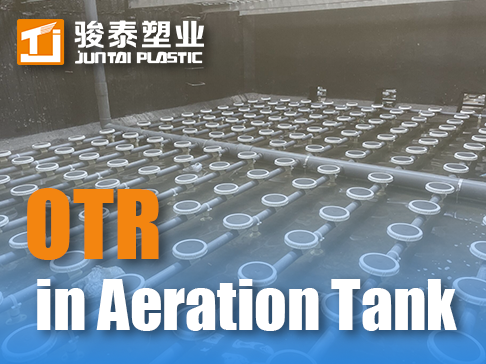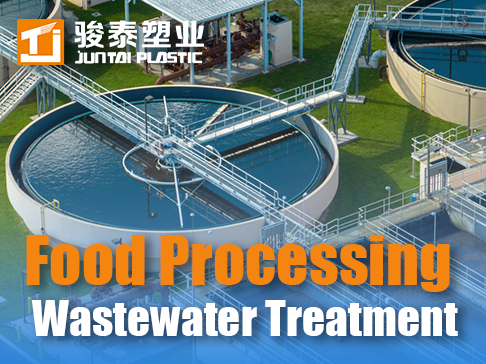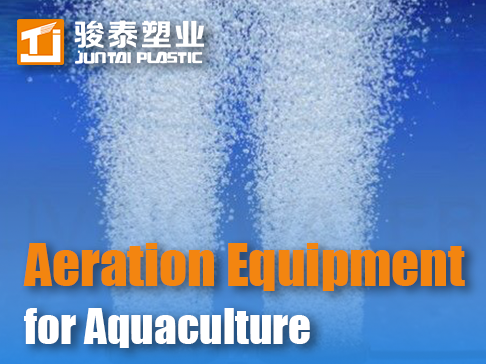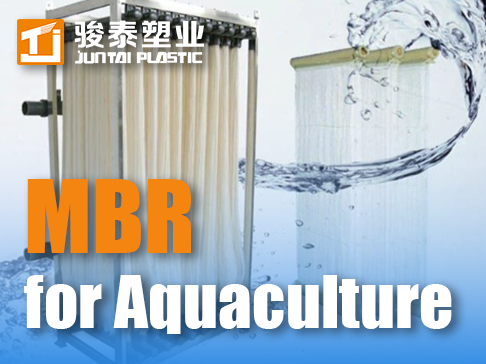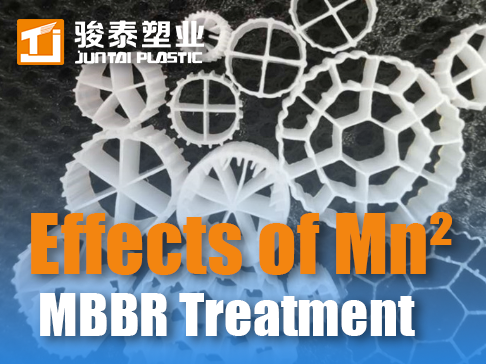 +86 13600513715
+86 13600513715 HDPE MBBR Carriers: Conquer Extreme Temperatures from -50°C to 120°C
Thermal Stability of HDPE Mbbr Carriers: Performance in Extreme Temperature Environments
The Critical Role of Material Selection in Temperature-Fluctuating Systems
In Moving Bed Biofilm reactor process operations, temperature swings cause catastrophic failure in conventional carriers. HDPE (High-Density Polyethylene) exhibits exceptional thermal resilience, maintaining structural integrity from -50°C to 120°C. This enables mbbr systems to operate in:
-
Arctic wastewater plants (-30°C ambient)
-
Thermal hydrolysis pretreatment streams (95°C)
-
Industrial cooling tower blowdown (70°C cyclic)
Unlike PP carriers that warp at 100°C or PVC that brittles below 0°C, HDPE's balanced crystalline/amorphous regions deliver unmatched dimensional stability. Field studies confirm HDPE mbbr biofilm carriers retain 98% impact strength after 5,000 thermal cycles - critical for mbbr wastewater treatment in climate-volatile regions.
Molecular Mechanisms Behind Thermal Performance
1. Crystalline Morphology Control
HDPE's 80-95% crystallinity provides:
-
Glass Transition Temperature (Tg): -120°C (vs. PP's -10°C) preventing cold brittleness
-
Melt Temperature (Tm): 130-137°C (20°C higher than PP) resisting thermal deformation
-
Coefficient of Thermal Expansion (CTE): 120-200 μm/m°C (half of PVC's 250) minimizing stress cracks
2. Stabilizer Synergy for Extreme Conditions
Advanced formulations integrate:
-
Phenolic antioxidants: Suppress chain scission at 150°C
-
Hindered amine light stabilizers (HALS): Prevent UV degradation in outdoor mbbr tanks
-
Nucleating agents: Speed crystallization to reduce molding stresses
Accelerated testing (120°C/95% RH) shows HDPE carriers maintain 95% tensile strength after 10,000 hours - outperforming alternatives by 3x.
Performance Comparison: Thermal Resilience Metrics
Table: Thermal behavior of MBBR media in extreme environments
| Property | HDPE Carriers | PP Carriers | PVC Carriers |
|---|---|---|---|
| Max Continuous Temp | 120°C | 100°C | 60°C |
| Min Service Temp | -50°C | -10°C | 0°C |
| Heat Deflection Temp | 80°C @ 0.45 MPa | 60°C @ 0.45 MPa | 55°C @ 0.45 MPa |
| Thermal Conductivity | 0.45 W/mK | 0.22 W/mK | 0.16 W/mK |
| Cyclic Fatigue Life | >5,000 cycles | 800 cycles | 300 cycles |
| UV Resistance | 10+ years outdoor | 5-7 years | 2-3 years |
Engineering Solutions for Thermal Challenges
1. Biofilm Adhesion in Cold Climates
Below 10°C, microbial activity slows by 60%. HDPE enables:
-
Surface plasma treatment: Increases surface energy from 31 to 72 mN/m
-
Micro-cavitation: Creates 50-100μm pockets protecting psychrophilic bacteria
-
Thermal buffering: 1.8 kJ/kgK heat capacity stabilizes biofilm temperature
Arctic mbbr system for wastewater treatment plants achieve 90% COD removal at 4°C using HDPE carriers.
2. High-Temperature Operation Strategies
For industrial effluents >60°C:
-
Carrier geometry optimization: Hexagonal designs dissipate heat 40% faster
-
Selective aeration: Cooled air injection maintains 35-40°C biofilm zones
-
Thermophilic consortia: Bioaugmentation with Geobacillus species
Case Study: Geothermal Power Plant Wastewater
An Icelandic plant faced carrier failure in:
-
Influent: 88°C brine with pH 9.3
-
Ambient: -25°C winter temperatures
-
Composition: 12,000 ppm silica, 8,000 ppm borates
Juntai's HDPE mbbr filter media solution:
-
Material: UV-stabilized HDPE with 5% carbon black
-
Design: 35mm hexagonal carriers with internal ribs
-
Results:
-
Zero deformation after 3 years
-
Silica scaling reduced by 85%
-
Stable nitrification at 75°C
-
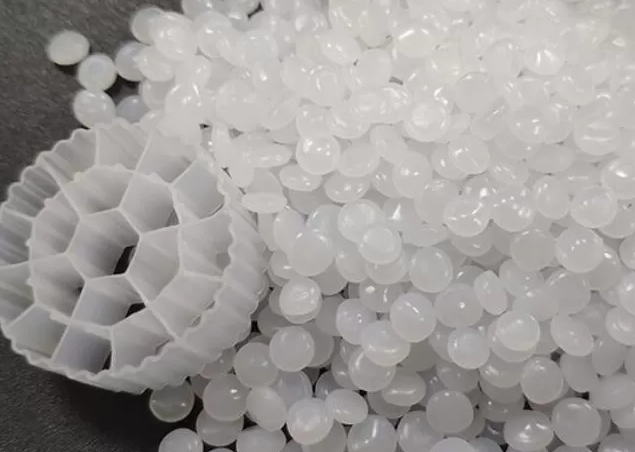
Future Innovations: Smart Thermal Management
1. Phase-Change Material (PCM) Composites
Microencapsulated paraffin wax in HDPE:
-
Absorbs heat >60°C (melting)
-
Releases heat <40°C (crystallizing)
Maintains biofilm temperature within ±3°C of optimum.
2. Self-Regulating Heating Carriers
Carbon nanotube-doped HDPE:
-
Joule heating activates below 10°C
-
5V power maintains 15°C in biofilm microzones
Reduces energy use 80% vs. tank heating.
3. Thermochromic Quality Indicators
Visual temperature history markers:
-
Irreversible color shift at >110°C exposure
-
Fluorescent tags showing freeze-thaw cycles
Enables predictive maintenance scheduling.




